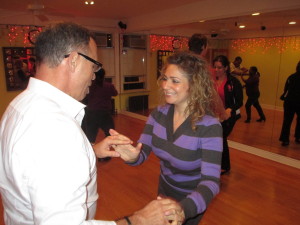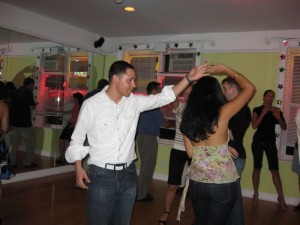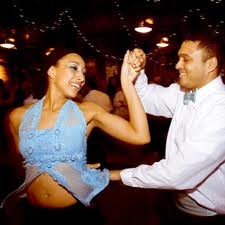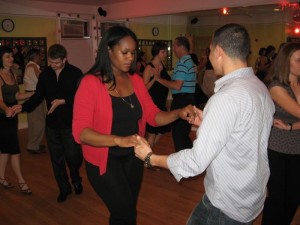NYC Salsa must know patterns. If you are dancing NYC style salsa there are tons of patterns you will see as a follower. No one can list all of them, since every leader has his own, but here are some patterns that you really must know if you’d like to dance at the intermediate or advanced level with a NYC salsa leader. These are patterns that almost ever leader knows and will expect you to follow. You will see these patterns, and variations of them, almost %100 of your time dancing with any NYC salsa leader. All these patterns have tons of variations, but if you know the basic of each pattern, all the variations will be easy.

NYC Style Salsa classes in Brooklyn at Dance Fever Studios.
1) Cross Body Lead with an inside turn and a half. This is the intermediate version. The advanced version is two and a half turns. When you do this make sure that you stay on your track.
2)Copa and Copa with a turn and a half. The turn and a half is the same turn as the cross body lead.
3)Pencil Turn or Check Turn.
4)Half Moon with a turn and a half to basic. Some salsa dancers call this The Titanic.
6)Reverse Cross Body Lead with two turns for the intermediate follower, and three turns for the advanced follower.
7)Double Turn in place.
8) Simultaneous Back Spot Turns in place.
9)Leaders Half Chase to Hand Drop.
10)Hand Drapes.







